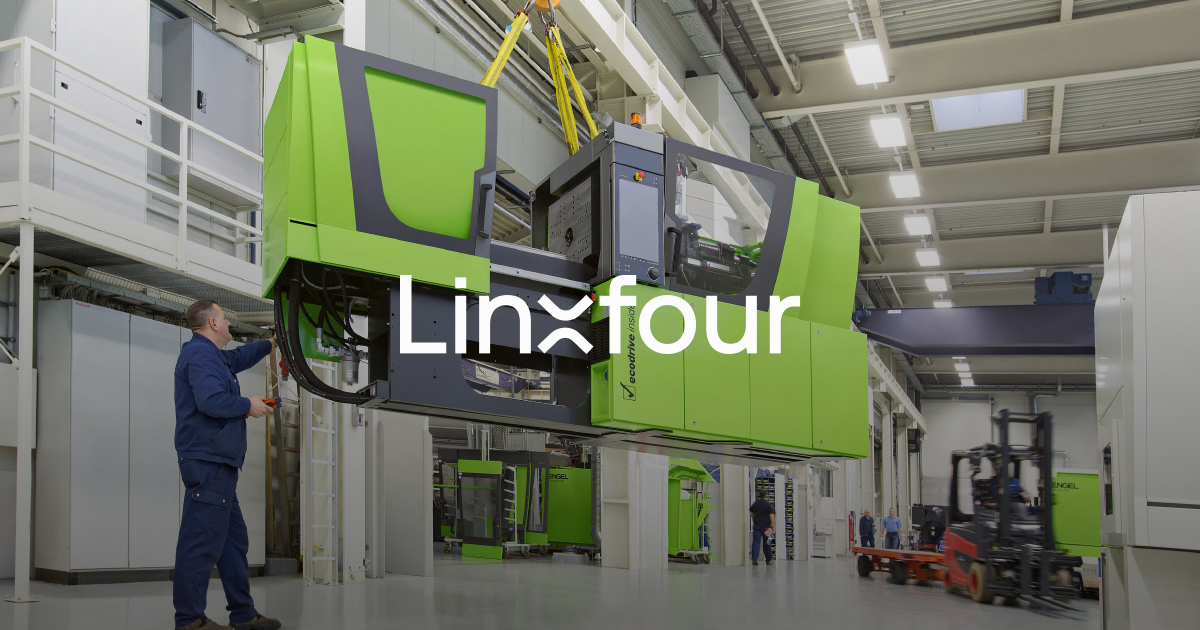In the current dynamic world of finance for manufacturing, the concept of Pay-per-Use Equipment Finance is emerging as revolutionary force, altering conventional models and offering unprecedented flexibility to businesses. Linxfour, at the forefront of this revolution, leverages Industrial IoT to bring a new kind of financing that is beneficial to both equipment operators and manufacturers. We examine the complexities of Pay per Use financing, its impact on sales under difficult conditions and the way it can transform accounting practices, shifting the focus from CAPEX to OPEX, unlocking off balance sheet treatment as per IFRS16. For more information, click Equipment as a service
The Benefits of Pay-per-Use Financing
The financing model of pay per use for manufacturing equipment has revolutionized the industry. Instead of rigid fixed payments, companies pay on the actual use of their equipment. Linxfour’s Industrial IoT integration ensures accurate recording of usage, offering transparency, and removing hidden costs or penalties if the equipment is not being used to its fullest. This revolutionary approach increases flexibility in managing cash flow. It is particularly important during periods of fluctuations in demand from customers as well as lower revenue.
Effect on sales and business conditions
The overwhelming majority of equipment makers is testimony to the possibilities of Pay Per Use financing. Even in times of tough business conditions 94% of equipment manufacturers believe this approach will improve sales. Costs that are aligned with usage of equipment is appealing to companies that are looking to increase their spending. This also allows companies to offer more attractive loans to their clients.
Accounting Transformation: Shifting From CAPEX to OPEX
One of the key differentiators between traditional leasing and Pay-per-Use financing is the accounting area. Pay-per-Use financing transforms businesses by moving from capital expenditures to operating costs. This transformation has important consequences for financial reporting providing a more precise representation of the expenses of revenue production.
Unlocking Off-Balance Sheet Treatment under IFRS16
Pay-per-Use financing provides an important advantage over traditional financing in that it can be used to get an off balance sheet treatment. This is a crucial aspect of International Financial Reporting Standard 16(IFRS16). In transforming the costs of financing equipment businesses are able to keep these obligations off their balance sheet. This strategy not only lowers the risk of financial loss, but also decreases the obstacles to investing. This is an extremely appealing proposition for companies looking for an agile financial structure.
In the case of under-utilization, KPIs can be improved and TCO increased.
Pay-per-Use as well as being off balance sheet, helps in increasing key performance indicators such as free cash flow and Total cost of ownership (TCO) particularly when there’s a lack of utilization. If equipment is not meeting the expected usage rates the traditional leasing model can be problematic. Pay-per use allows companies to avoid paying fixed amounts for assets that aren’t being utilized. This helps improve overall performance as well as financial performance.
Manufacturing Finance: The Future
As companies continue to traverse the maze of a fast-changing economic environment, innovative financing models like Pay-perUse are opening the way for a more flexible and resilient future. Linxfour’s Industrial Internet of Things-driven approach not only benefits the bottom line for equipment operators and manufacturers but also ties in with the general trend of businesses that are seeking more sustainable and flexible financial solutions.
In the end, the introduction of Pay-per use financing, paired with the transformation of accounting from CAPEX to OPEX and off balance sheet treatment under IFRS16, represents a significant change in the field of manufacturing finance. In a time when businesses are striving for effectiveness, financial agility and better KPIs, the adoption of this new financing method becomes a strategic imperative in staying ahead of the curve in the constantly evolving manufacturing market.

